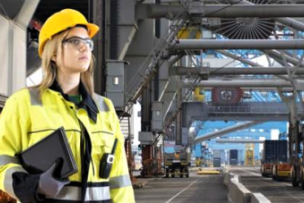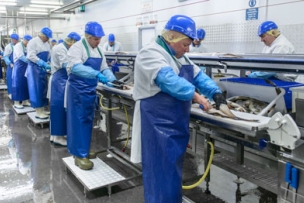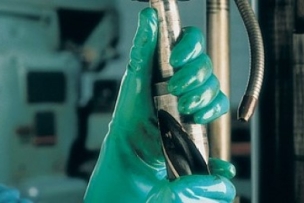This page was updated March 8, 2023
In all likelihood, if you don’t work in the food manufacturing industry, you might not immediately think of chemical exposure as a major hazard.
“From anhydrous ammonia used in cooling systems to disinfectants used to clean equipment, there are many hazardous chemicals found in food plants,” according to a Food Industry Executive article. “Workers who may come into contact with these chemicals must be informed, use proper work practices and wear appropriate personal protective equipment.”
In fact, it’s enough of a risk that citations involving the safe management of highly hazardous chemicals (CFR 1910.119) ranked No. 8 on the Occupational Safety and Health Administration’s Top 10 violations list for the food manufacturing industry in 2019—and third (at more than $730,000) in total fines.
What’s more, OSHA citations for improper PPE use (CFR 1910.132) ranked No. 10 and accounted for another $103,000 in fines.
Why Is PPE Selection So Tough in the Food Industry?
In food manufacturing, PPE must play a unique balancing act. Not only must manufacturers protect their workers, they must also protect the food. Protective clothing and its use are critical factors in both reducing harm to the worker and contamination of the food product.





Talk to Us!
The protective clothing demand is rising due to an increase in manufacturing and other industrial units around the world that require specific protection equipment for worker's security.
214Good day
Hope you are well, i have to quote on food safe clothing for a mine that produces cooking oil and soya products. i need help on what ppe does food safe mines use please. Thank you.
Yolande
304Leave a reply
Your email address will not be published. Required fields are marked *